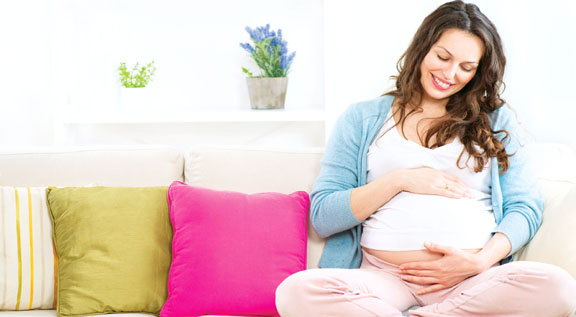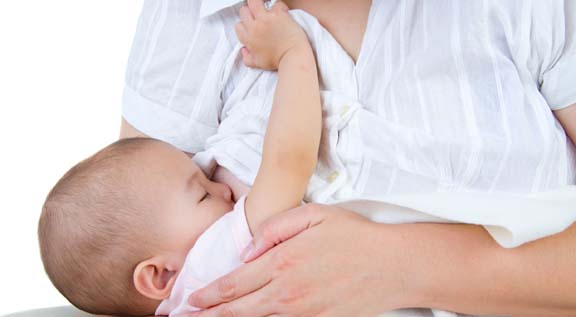An assisted birth is considered in cases when during the normal vaginal delivery, the baby needs to be assisted with instruments in order to be born. These instruments are usually attached into the baby’s head. It has been estimated that about one in eight birth is assisted.
What Is an Assisted Birth?
Assistance during childbirth is usually needed in cases when labor has been long, tiring the mother. Through assisted birth the mum, as well as the baby are helped. Long and slow labors are more likely during the first childbirth (Read also: Check List for Just Pregnant Women), while in cases of a second or third childbirth the labor period is shorter in time.
During pregnancy (Learn also: Fit While Pregnant) the baby is developed into the female’s uterus for approximately 40 weeks (Read also: First Trimester of Pregnancy). When the fetus is matures, the labor begins. During labor the baby goes through a series of movements that help it get through the birth canal. However, in some cases the baby gets stuck in the birth canal. In these cases, when the baby gets stuck into the birth canal, uter is the only solution.
What Instruments Are Used for Assisted Birth?
The instruments used for assisted birth are forceps and ventouse.
The forceps is a metal instrument consisted of two branches that during assisted childbirth are positioned around the head of the baby.
The ventouse or the vacuum extractor has a cup which is attached to a suction device. The cup is put into the baby’s head and vacuum is created in order to help the baby get out. Once the cup is inserted into the vagina and placed on the baby’s head, suction is applied using a manual or electrical pump. The suction gently pulls the baby, until the head emerges from the birth canal. At this point the cup is removed and the baby is delivered normally. Vacuum extractors are not recommended in cases when the baby is less than 34 weeks old, when there is a breech birth and when the baby is presented with its face into the birth canal.
When Is an Assisted Birth Necessary?
Cases when an assisted birth is needed include:
- The mother is exhausted and she can’t push any more
- The baby is distressed during the pushing stage of the labor
- The baby is not making progress through the birth canal
- There is a mother’s health condition that doesn’t allow her to push for too long, such as suffering from a heart disease, etc.
Forceps and Vacuum Delivery
Both of these two instruments have their benefits, but also their risks and possible complications after their usage for the mother and for the baby.
When ventouse is used, the chances of significant damage to the perineum or vagina are lower, when compared with forceps. However, a ventouse is less likely to be successful in helping the baby to be delivered. The baby will probably have a temporary swelling on the head and there is also a higher possibility of the baby having retinal bleeding in the eyes, even though this complication is very uncommon.
In the other hand, a forceps is more successful at helping the baby to be delivered, when compared to ventouse. However, in cases when a forceps is used episiotomy is necessary, sometimes even accompanied with tearing of the perineum or vagina, causing a significant damage. There is also the possibility of redness or bruising on the baby’s face. After the use of forceps during childbirth, the women might also experience incontinence problems, wind and problems with bowel movements, which are usually only for a short period of time after childbirth.
However, it is all up to your doctor to decide which of the two instruments is better for you and your baby to use when they are needed. If the baby needs to be born quickly, forceps is a better choice.



Recent Comments